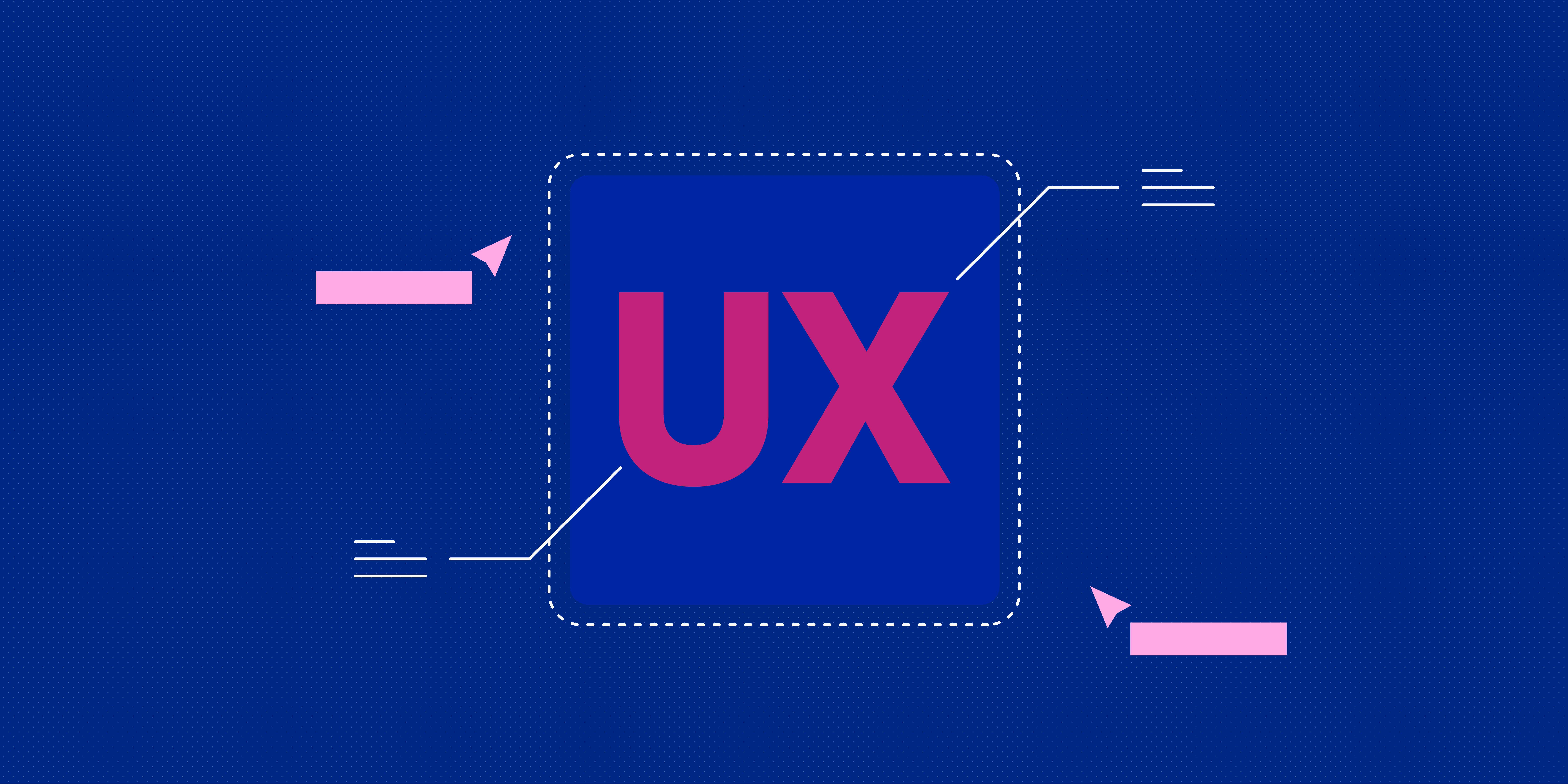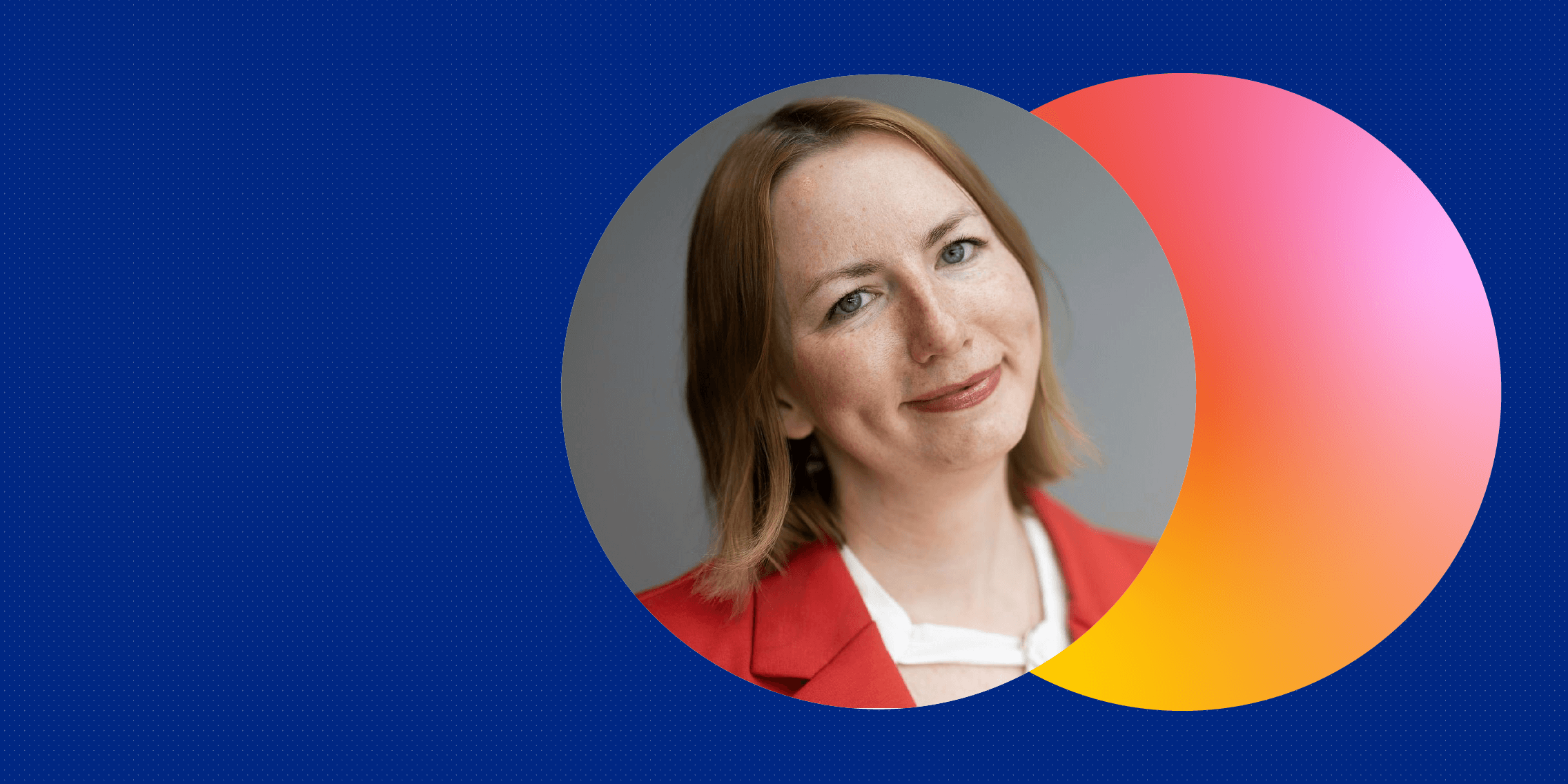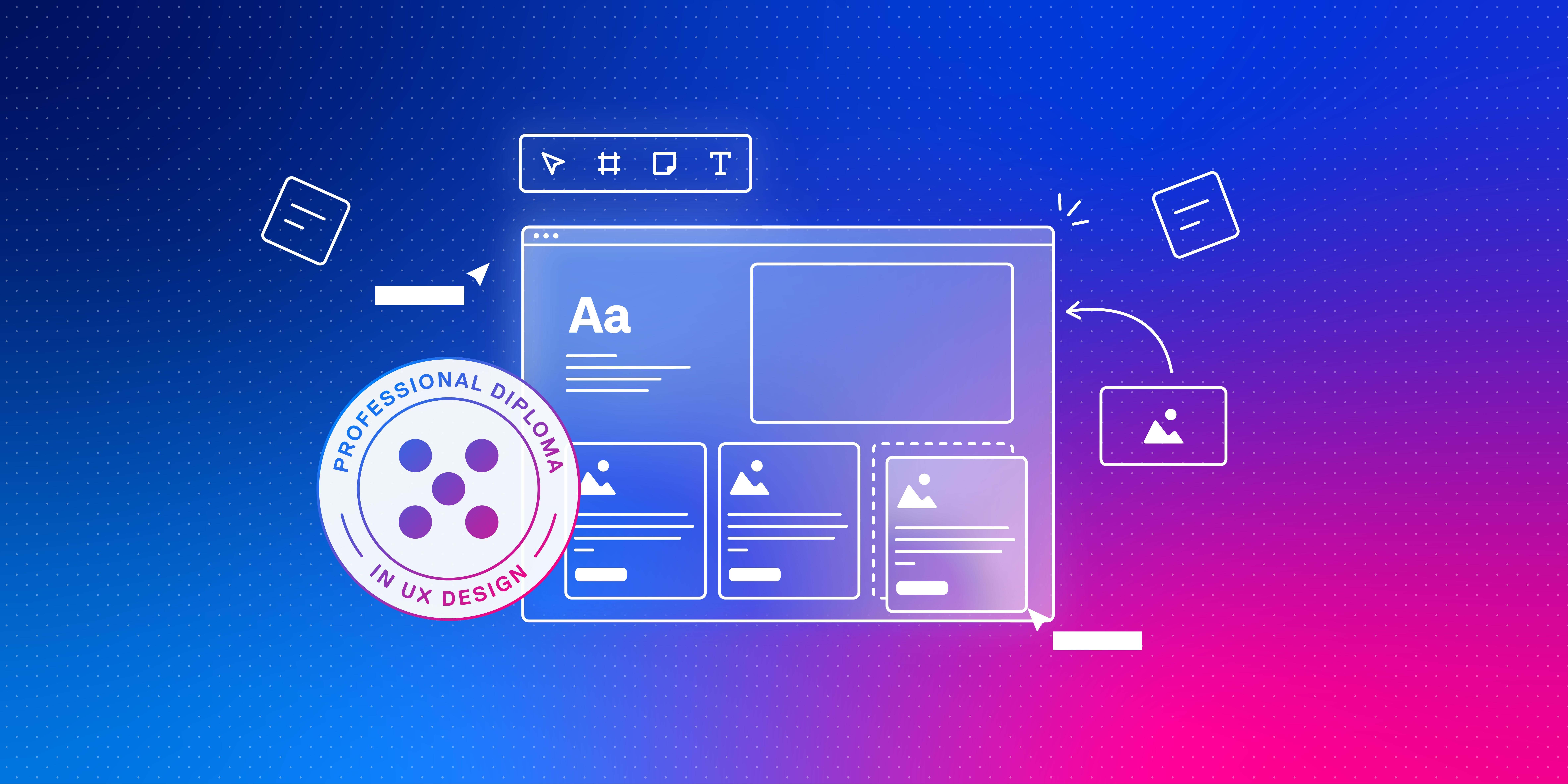If you’re transitioning to a career in UX from an ‘unrelated’ field, you probably feel like you’re starting from scratch. Especially when it comes to building out your CV, applying for jobs, and attending interviews…What can you possibly talk about that’s relevant to your new career?
You might be tempted to act like your previous career didn’t exist; to erase it from the narrative and go in with a blank slate. But, if you do that, you’re missing out on a huge opportunity to showcase your full potential.
You don’t need to downplay your previous work experience or write it off as irrelevant. You need to reframe it and use it to your advantage.
And we’ll show you how.
Here are 5 proven strategies for reframing your previous experience when moving into UX:
- Highlight your soft and transferable skills
- Demonstrate clear links between your old and new careers
- Reframe your unrelated experience as a fresh perspective
- Point to successful career-changers within the UX field
- Use your commitment to career-change as proof of your UX designer qualities
Let’s begin.
Photo by Christina @ wocintechchat.com on Unsplash
1. Highlight your soft and transferable skills
Browse the web for the most sought-after skills valued by employers and you’ll find that soft skills such as adaptability, communication, and creativity repeatedly top the list.
A career in UX is no exception. UX designers rely on a whole host of soft and transferable skills that you’ve likely already honed in other areas of your life and work. These include:
- Collaboration and communication
- Research and analysis
- Problem-solving and critical thinking
- Empathy
- Active listening
- Project management
…and the list goes on (and on!)
Ahead of your next job application or interview, brainstorm all the soft skills you can think of that UX designers need, then highlight those you’ve already got.
Now do the same for any hard skills you’ve mastered from your previous career which could be transferred to UX. For example, if you worked in marketing, you’re probably well-versed in gathering and analysing data. This will come in handy when analysing and synthesising UX research data.
Aha! You already have quite a robust UX skill set, right? Now be sure to highlight those skills in your resume, cover letters, and when interviewing.
2. Find links between your old and new careers (and demonstrate them with concrete examples)
You could tell potential employers that you’re a brand new UX designer with little to no relevant experience. Or you could tell the story of how your previous career has set you up for success in UX.
Similar to our previous exercise which focused on identifying crossover skills, think about specific aspects of the UX designer role and the UX process. When have you carried out similar tasks or projects in your previous jobs? Or at least tasks and projects which required a similar approach?
Consider the UX designer’s task of conducting user research. Was there a time when your previous job required you to conduct research and present your findings?
How about the designer-to-developer handoff which requires close collaboration with developers—have you already gained some experience working in the tech industry or collaborating with technical stakeholders?
Perhaps your previous job had you working in a customer-facing role, dealing with complaints, queries, and requests. How has that equipped you to understand end user pain-points and find viable solutions, just as a UX designer does?
Maybe you’ve spent your career on the business side, managing budgets or helping to optimise internal operations and processes. Doesn’t that position you as a business-savvy UX designer who understands the importance of balancing both business needs and end user requirements when designing?
Hiring managers love to hear concrete examples of when you demonstrated certain skills, overcame hurdles, and problem-solved your way to success. You’ve no doubt got many examples you can share from your previous career which will resonate with employers.
As long as you draw clear parallels and back them up with examples, you can weave a compelling (and authentic) narrative about how your experience so far has prepared you for a career in UX.
Photo by Jason Goodman on Unsplash
3. Reframe your unrelated experience as a fresh perspective
Your ‘unrelated’ experience isn’t a disadvantage—it’s a superpower! And you need to sell it as such. What superpower, exactly? That of a fresh perspective.
That’s right. Your ‘newness’ can actually be a huge strength in the UX world. As a novice designer with experience in a different role or industry, you can offer new ideas, novel approaches, and fresh perspectives on old issues.
Emphasise just how much the UX industry stands to benefit from a diversity of viewpoints—and that, as you leave your old career behind and become a UX designer, you’re bringing a unique perspective with you. You are ready to learn, and you’re also ready to put your own stamp on things.
UX design requires creativity, innovative approaches to problem-solving, and the ability to empathise with end users. When you transition from a different field, you’re coming in with much broader horizons than someone who has only ever worked in UX—and that’s a great asset to any UX team.
4. Point to successful career-changers within the UX field
When you’re just starting out in UX, you might find yourself struggling with imposter syndrome. But guess what? Career-change into UX isn’t that uncommon, and many incredible, successful designers started off in unrelated fields.
Take Steve Krug, renowned UX consultant and author of one of the most famous UX books Don’t Make Me Think. Steve studied English Literature at university and began his career as a proofreader and then technical writer of computer manuals. Now he’s one of the biggest names in UX.
Then there’s Ioana Teleanu, a major UX influencer with one of the most impressive design resumes in the business. Nowadays, you probably know Ioana as the creator of UXGoodies, one of the most-followed Instagram accounts in UX. But, believe it or not, Ioana worked as a customer care officer and then as a content manager before her big break in UX.
These extremely successful UXers (and many, many others in the field) are proof that great UX designers come from all different professional backgrounds and walks of life. Take inspiration and courage from their stories—and don’t hesitate to share with employers that these people inspire you for that very reason.
5. Use your commitment to career-change as proof of your UX designer qualities
It takes a lot of hard work and courage to change careers. You’ve stepped outside your comfort zone and put in the time and effort to learn a brand new craft. That says a lot about you as a person—and about your potential as a UX designer.
Your commitment to learning, pursuing your passion, and changing careers is something to be acknowledged and celebrated. It shows that you’re dedicated, adaptable, curious, and ultimately very passionate about UX design. Those are admirable qualities for any job applicant to have, so it’s important to highlight them to employers.
Don’t shy away from the fact that you’re new to the field and coming from an unrelated career path. Instead, emphasise those special qualities that you have as a career-changer and how they’ll help you become a great UX designer.
Photo by Brooke Cagle on Unsplash
Reframing your previous experience for a career in UX: The takeaway
We hope this post has helped you to reframe your previous experience and emphasise the value you bring as a newcomer to UX. To recap:
- Soft skills are in high demand right now, and UX especially relies on lots of soft and transferable skills. Be sure to highlight and communicate all of your relevant crossover skills when applying for jobs.
- Hiring managers like to see concrete examples. Identify specific projects, tasks, or instances from your previous career which can be likened to specific aspects of the UX designer role and explain how they’re similar.
- Coming from an unrelated field actually gives you the advantage of a fresh perspective. Emphasise that your previous experience is what makes you unique, and that this will be an asset to any UX team.
- Many successful designers started off in unrelated roles and industries. Take inspiration from their stories and don’t hesitate to reference them should the opportunity arise.
- By taking steps towards a career change, you’ve demonstrated commitment, passion, hard work, and adaptability. These are all excellent qualities for a UX designer to have, so make sure to acknowledge and celebrate them.
Want more expert career advice? Check out this guide on how to write your UX designer CV, prepare for your first salary negotiation with our UX designer salary guide, and learn how to network like a pro with these tips for success.








